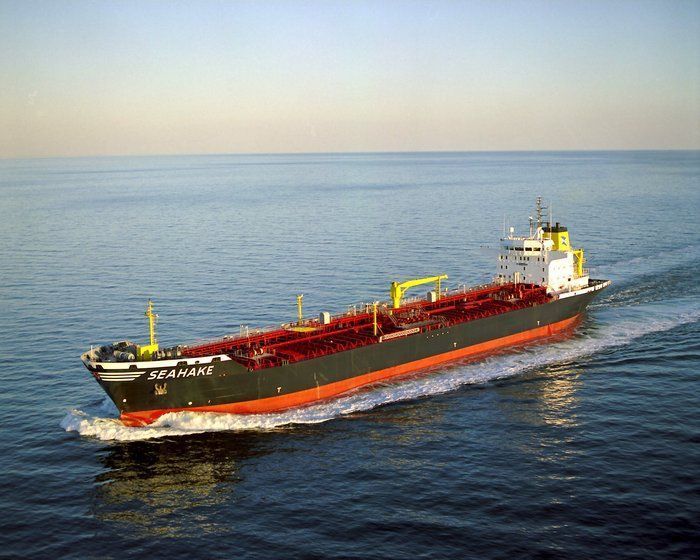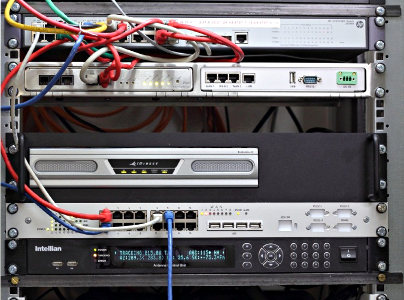
Images courtesy of German Tanker Shipping
A new integrated marine communications system has been tested on board five tanker vessels operating in the North Atlantic, US East Coast and Baltic Sea regions. The system was developed by MediaMobil with support from ESA´s ARTES 3-4 programme in the framework of the Sass@Sea project. During the four-month-long pilot, the new system was put through its paces in the challenging environment of trans-continental tanker shipping. A good communication system on board tanker ships is not only essential for safety but can also improve the efficiency of vessel management systems. During the pilot phase the Sass@sea system was used for all official and private applications between ship and shore. This includes standard applications like reporting, planned maintenance, telephony and Internet as well as high volume applications like server synchronisation and document management. The system enables these activities to be carried out at sea, saving time and paperwork.
The pilot trial was a valuable way to get direct feedback from the customer leading to system improvements based on real-world experience. Currently in use on the TMS Seahake and four other tankers in their fleet, German Tanker Shipping GmbH & Co KG, requested that the trial be extended beyond the original scope of four vessels to include an additional ship as they quickly saw the potential advantages of the system.
“The pilot trial was also a good way to win the pilot user as a first customer and to demonstrate the technical functionality under real conditions for potential customers,” explains Andreas Nil, managing director of MediaMobil. “This is important especially for the market entry.”
Sass@sea offers communication system flexibility by automatically switching between the on board regional VSAT system, global satellite and mobile phone systems, depending on the performance, cost and availability of the link. This is managed intelligently by on-board and shore based Multi Services Gateway Systems which find the optimum route for traffic. The SASS@Sea system has also been designed to integrate other potential networks such as Ka-band systems, effectively “future proofing” the system.
The shore based systems assign bandwidth on-demand, with prioritisation at application level within the fleet, ensuring that business applications such as voice, email, ship management software and remote desktop support sessions receive priority. The rest of the bandwidth can be used on the basis of availability for non-critical web surfing. There is also a facility for store and forward transmission of low-priority traffic in multicast and unicast mode during off hours which maximises the use of valuable satellite bandwidth.
The Sass@sea service’s intelligent satellite beam switching facility enables the antenna to select the optimum beams, partly depending on the vessel’s position. It can switch according to the ship’s heading so as to avoid antenna blocking. It can also delay switching satellites to prevent phone calls and other high-priority traffic from being interrupted. The system also switches between regional satellite beams depending on the available bandwidth in each beam in order to optimise the quality of service within the whole network.
The Sass@sea system installed on the TMS Seahake
According to German Tanker Shipping, the Sass@sea system offers a more cost-effective communication system and also increases the efficiency of ships' management systems. Satellite communication facilities on-board also enable crew members to keep in touch with friends and family at home while they are working at sea, which can be a great advantage on vessels away from shore for long periods of time.
“We see the commercial potential of our maritime communication service in the fact that due to the increased use of business application and the growing IT infrastructure on board the vessels, the requirements for an always on communication with guaranteed QoS at affordable prices will grow as well," says Andreas Nil. "The support by ESA under the ARTES programme has ensured the development of the system with strong focus on the actual user needs. The extended pilot phase was essential in the validation of the system both from a technical and commercial point of view.”
The SASS@Sea project built upon work from
a previous ARTES project that developed a light-weight signalling protocol for interconnection of alarm and security systems via satellite.
Related Pages






